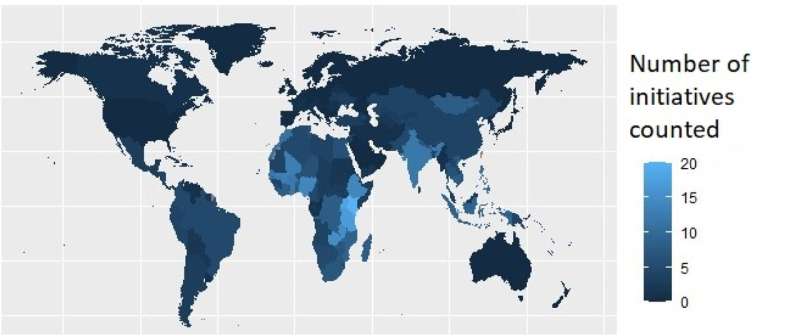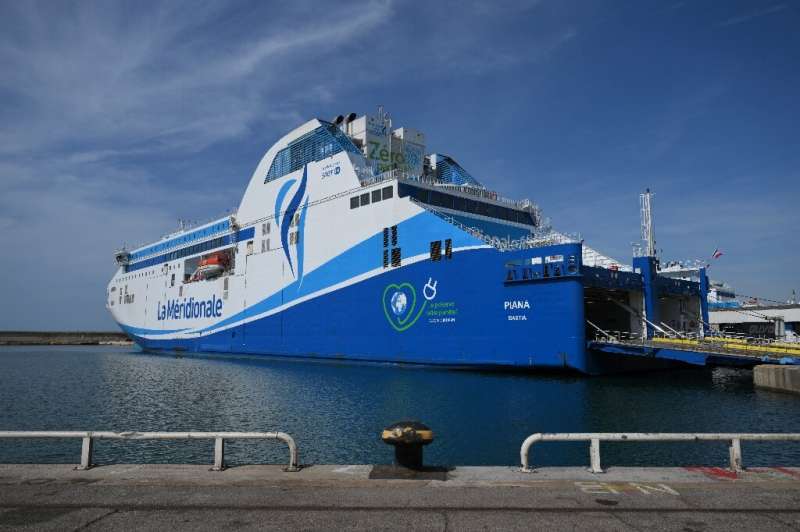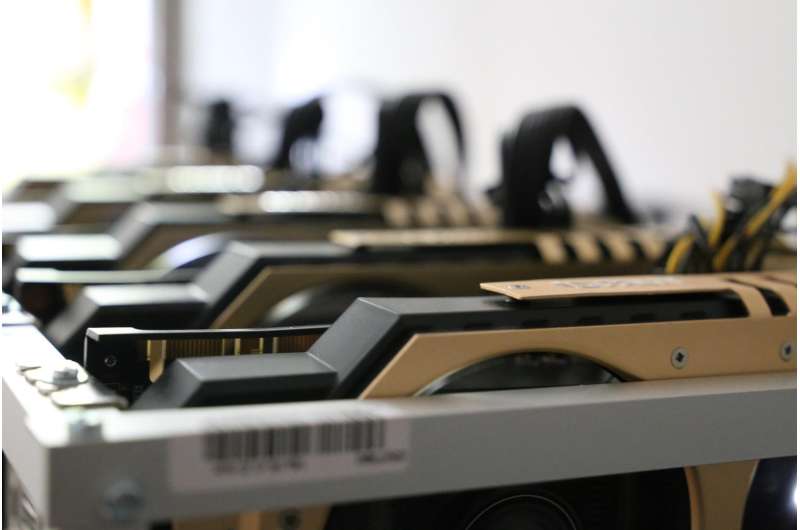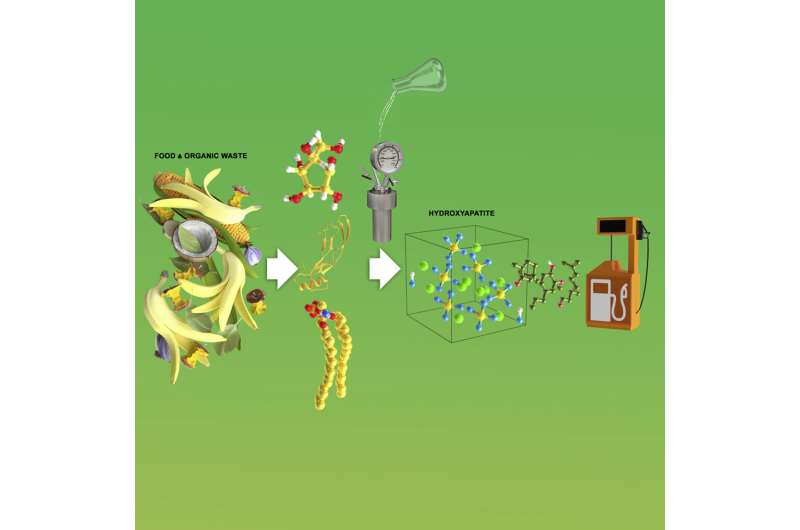New research shows how COVID-19 altered Americans' intentions to move
Study reveals pandemic’s impact on individuals’ decisions to relocate
Peer-Reviewed PublicationIMAGE: XIALU LIU, PROFESSOR OF MANAGEMENT INFORMATION SYSTEMS (MIS), THE FOWLER COLLEGE OF BUSINESS, SAN DIEGO STATE UNIVERSITY view more
CREDIT: SAN DIEGO STATE UNIVERSITY
Divorce. Changing jobs. Natural disasters. A change in financial resources. Going away to college. Wanting to be nearer to family members.
Those are just a handful of traditional reasons Americans choose to pack up and move.
One non-traditional reason for moving was the COVID-19 pandemic, which had a significant impact on every aspect of Americans’ lives starting in March 2020. With this fact in mind, Xialu Liu, professor of management information systems (MIS) at the Fowler College of Business at San Diego State University and Lei Lei, professor of sociology at Rutgers University, analyzed data gathered from Google Trends to assess how the pandemic may have altered American’s’ decisions to change residences.
Thoughts of Escaping Pandemic Lockdowns Were High
To measure the intentions of those people considering a move, the researchers accessed Google Trends to identify internet searches using keywords or phrases associated with changes in residence (such as “real estate agent,” “house for rent” or “moving company”) or a temporary relocation (such as a trip to Florida or Hawaii) between January 2011 to February 2021.
They noted that Americans’ thoughts about temporarily relocating surged during the early months of the pandemic lockdown in March through April of 2020. But while the number of Americans thinking about a short-term move may have spiked over 40%, the number of people seeking real estate purchases and housing rentals dropped 20 - 30% during the same period.
Eventually, The Panic Dies Down
“The lack of knowledge, feelings of uncertainty and fear of the disease may have caused some level of widespread panic, prompting those in high-density areas to escape what they perceived as increased exposure to COVID and societal restrictions,” said Liu. “But these feelings soon subsided as lockdowns and stay-at-home orders were implemented in most states. Additionally, the risk of infection inhibited the home search process in the early months of the pandemic, causing real estate sales and rentals to decline during that same period.”
While the frequency of temporary relocations searches had declined by 30 - 50% at the end of April 2020, it was the exact opposite for those seeking more permanent housing solutions. Starting in June 2020, people seeking both real estate purchases and rentals, saw their numbers increase substantially (22 - 24%) and remain high until the research concluded in February 2021. The only exception was individuals using the search term “apartments for rent” which returned to pre-pandemic levels, while searches for house rentals increased by 15.65%.
Temporary Escape Give Way to Thought of Permanent Relocation
“In June 2020, the Google Trends data indicated that as Americans became more knowledgeable about the disease — and as businesses and amenities began to adjust and open up again — there was an initial marked increase in searches for housing purchases and rentals,” said Liu. “With the pandemic responses varying in different areas in the country, many people relocated to areas that fit their lifestyles. For example, some people moved to avoid strict lockdowns, while others may have moved to be nearer to necessary medical care.”
The researchers also noted that educational requirements and working conditions also may have driven Americans to consider a permanent relocation as well. “With many people working and learning from home, the constraints binding them to a physical office or school were removed,” said Liu. “This allowed them to consider a broader array of locations and housing options that met their evolving needs.”
Family Ties Run Deep
The only search that never fluctuated after the start of the pandemic was the increase (around 50%) of individuals looking to move in with their parents or other family, which showed no significant change between March 2020 and February 2021. The researchers noted that this may be a result of college students moving home or adult children searching for ways to remove their parents from retirement facilities.
As their research wrapped up, the two professors concluded while only “move in with family” searches remained consistently higher since March 2020, the fluctuations in the searches for temporary or permanent relocations offers a glimpse into U.S. residents’ thought processes as their housing needs and the regulations surrounding COVID-19 protocols evolved.
Maybe…Or Maybe Not
Lastly, they also concluded that while Google Trends indicated an intention to relocate, not everyone seeking to move followed through.
“Housing inventory, price, employment factors and other issues factor into relocations intentions vs. an actual move,” said Liu. “Theoretically, scholars view residential mobility as a multi-stage process, though the actual process could be nonlinear and much messier. In other words, desires or intentions to relocate may — or may not — eventually result in actually moving.”
JOURNAL
Population Space and Place
METHOD OF RESEARCH
Data/statistical analysis
ARTICLE TITLE
The COVID-19 pandemic and residential mobility intentions in the United States: Evidence from Google Trends data
Strict COVID lockdowns in France
improved cardiovascular health
A new paper in European Heart Journal - Digital Health, published by Oxford University Press, indicates that social-distancing measures like total lockdown have a measurable impact on vascular health. The study compared the impact on the health of people living in a partial vs. a total lockdown during the beginning of COVID-19.
Nationwide total home confinement, lockdown, was the most striking measure taken to prevent the spread of COVID-19 infection. Previous research has demonstrated that total lockdown resulted in a 54% reduction in physical activity. This, together with anxiety, financial stress, and difficulty securing appointments with doctors, might have hurt cardiovascular health. Lockdowns do, however, have some beneficial effects on cardiovascular health. The social distancing guidelines imposed on people around the world resulted in a reduction in air pollution and increased home cooking. People reduced their consumption of fast food and ready-made meals. People had less work-related stress and slept better. Lockdown has been applied heterogeneously by different countries, providing a unique opportunity to compare the impact of different social-distancing measures on cardiovascular health in a real-life experiment with a large population sample.
Researchers here compared the cardiovascular health of people in France, which imposed strict limitations on peoples’ movements, including the shutdown of all non-essential production and commercial activities, to that of people in Germany, which adopted much less stringent social-distancing measures.
Researchers here selected 53,043 people in France and Germany and tracked their health during the spring of 2020 when France’s lockdown began. Some 21.1% of French patients tracked during lockdown showed an overall improvement in cardiovascular health, with a reduction in vascular stiffness and body weight despite a concomitant reduction in physical activity. In France, the improvement in vascular age during lockdown corresponded to a reduction in vascular age of more than three years.
The phenomenon was only modestly present in Germany, where lockdown was partial. The reduction in vascular stiffness was significantly steeper in French patients than in Germans. Vascular age reduction during lockdown was steeper in French than in German participants. French participants also showed a slight but greater weight reduction during lockdown than German participants.
The paper, “Home monitoring of arterial pulse wave velocity during COVID-19 total or partial lockdown using connected smart scales," is available at https://academic.oup.com/ehjdh/advance-article/doi/10.1093/ehjdh/ztac027/6645364.
Direct correspondence to:
Rosa Maria Bruno
Professor of Clinical Pharmacology
Université Paris Cité,
Paris Cardiovascular Research Center (PARCC-INSERM)
F-75015 Paris, FRANCE
To request a copy of the study, please contact:
Daniel Luzer
JOURNAL
European Heart Journal - Digital Health
METHOD OF RESEARCH
Observational study
SUBJECT OF RESEARCH
People
ARTICLE TITLE
Home monitoring of arterial pulse-wave velocity during COVID-19 total or partial lockdown using connected smart scales
COI STATEMENT
Two of the authors are employees of Withings, a manufacturer of wearable activity tracking systems. One author is a remunerated scientific advisor to Withings. Two more authors are informal unpaid scientific advisors to Withings. The remaining authors have nothing to disclose.





